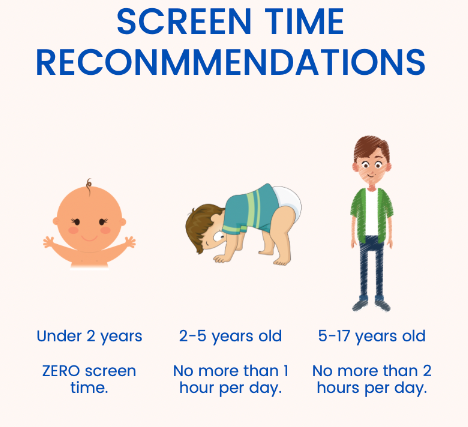Menopause marks a significant transition in a woman’s life, bringing both challenges and opportunities for embracing a new phase of health and well-being. While this natural biological process often comes with symptoms like hot flashes, mood swings, and sleep disturbances, adopting a healthy lifestyle during menopause can help manage these symptoms effectively and promote overall health. By focusing on nutrition, exercise, and mental well-being, women can navigate menopause with confidence and vitality.
Understanding Menopause and Its Impact
What Is Menopause?
Menopause is defined as the time when a woman’s menstrual cycles cease permanently, typically occurring between the ages of 45 and 55. It results from a decline in estrogen and progesterone levels, hormones that regulate various bodily functions. While menopause is a normal part of aging, the associated hormonal changes can lead to physical and emotional symptoms that vary in intensity among women.
Common Symptoms of Menopause
- Hot Flashes and Night Sweats: Sudden feelings of heat in the body.
- Sleep Disturbances: Difficulty falling or staying asleep.
- Mood Swings: Emotional ups and downs due to hormonal fluctuations.
- Weight Gain: A slower metabolism and hormonal changes can lead to weight gain.
- Bone Health Issues: Reduced estrogen can increase the risk of osteoporosis.
Understanding these symptoms is the first step in addressing them through a tailored healthy lifestyle plan.
Tips for a Healthy Lifestyle During Menopause
1. Nutrition: Building a Strong Foundation
Maintaining a balanced diet is crucial during menopause to support physical and emotional health.
- Focus on Calcium and Vitamin D: These nutrients are essential for bone health. Include dairy products, leafy greens, and fortified foods in your diet.
- Incorporate Phytoestrogens: Found in soy, flaxseeds, and legumes, phytoestrogens can mimic estrogen and may help alleviate symptoms.
- Reduce Processed Foods and Sugars: These can exacerbate weight gain and mood swings. Opt for whole grains, fresh fruits, and vegetables instead.
- Stay Hydrated: Drink plenty of water to combat dryness and maintain skin elasticity.
2. Exercise: Keeping Active for Mind and Body
Regular physical activity can help alleviate many menopausal symptoms while promoting overall well-being.
- Aerobic Exercise: Activities like walking, cycling, or swimming improve cardiovascular health and combat weight gain.
- Strength Training: Building muscle mass protects against osteoporosis and supports a healthy metabolism.
- Yoga and Stretching: These exercises improve flexibility, reduce stress, and help manage symptoms like anxiety and insomnia.
Aim for at least 150 minutes of moderate exercise per week to reap these benefits.
3. Mental and Emotional Well-Being
Menopause can impact emotional health, making self-care a critical component of a healthy lifestyle.
- Stress Management: Practice mindfulness, meditation, or deep breathing techniques to reduce stress levels.
- Quality Sleep: Establish a bedtime routine and create a relaxing sleep environment to improve sleep quality.
- Social Connections: Stay connected with friends and family to combat feelings of isolation. Consider joining support groups for women experiencing menopause.
- Professional Help: Don’t hesitate to consult a therapist or counselor if mood swings or emotional challenges become overwhelming.
Subheading: Lifestyle Adjustments for Long-Term Benefits
Adopting certain habits can make menopause more manageable:
- Limit Alcohol and Caffeine: These can trigger hot flashes and disrupt sleep.
- Quit Smoking: Smoking exacerbates menopause symptoms and increases the risk of osteoporosis and heart disease.
- Schedule Regular Check-Ups: Regular health screenings can help monitor bone density, cholesterol levels, and overall health.
Hormonal Therapy and Natural Remedies
For some women, lifestyle changes alone may not suffice in managing severe symptoms. Hormone Replacement Therapy (HRT) can provide relief for those experiencing intense discomfort, but it’s essential to consult with a healthcare provider to weigh the benefits and risks.
Natural remedies like herbal supplements (e.g., black cohosh and evening primrose oil) may also help, but their effectiveness varies. Always seek medical advice before starting any new treatment.
Conclusion
Embracing a healthy lifestyle during menopause is key to managing symptoms and maintaining overall well-being. By prioritizing balanced nutrition, regular exercise, and mental health, women can navigate this transitional period with resilience and strength. Small, consistent changes can lead to significant improvements in quality of life. Remember, menopause is not the end but the beginning of a new, empowering chapter of health and self-care.

